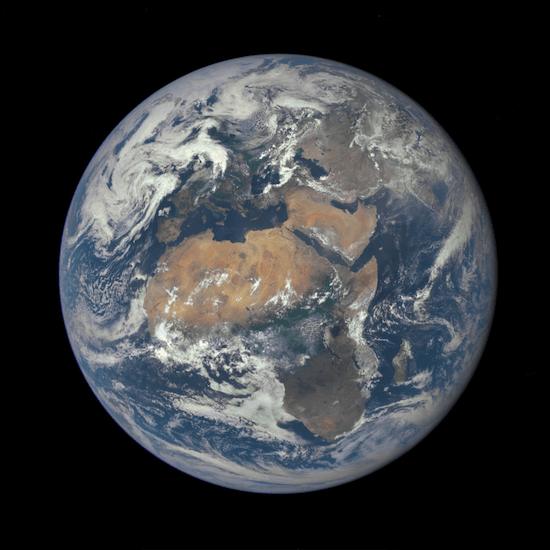Understanding the Limitations of Maps

We have seen before that the map is not the territory — that the description of the thing is not the thing itself. Maps can be exceptionally useful. For instance, we can leverage the experiences of others to help us navigate through territories that are, to us, new and unknown. We just have to understand and respect the inherent limitations of maps whose territories may have changed. We have to put some work into really seeing what the maps can show us.
The Perspective
Maps are an abstraction, which means information is lost in order to save space. So perhaps the most important thing we can do before reading a map is to stop and consider what choices have been made in the representation before us.
First, there are some limitations based on the medium used, like paper or digital, and the scale of the territory you are trying to represent. Take the solar system. Our maps of the solar system typically fit on one page. This makes them useful for understanding the order of the planets from the sun but does not even come close to conveying the size of the territory of space.
Bill Bryson explains in A Short History of Nearly Everything, “such are the distances, in fact, that it isn’t possible, in any practical terms, to draw the solar system to scale. … On a diagram of the solar system to scale, with the Earth reduced to about the diameter of a pea, Jupiter would be over a thousand feet away, and Pluto would be a mile and half distant (and about the size of a bacterium, so you wouldn’t be able to see it anyway).”
Maps are furthermore a single visual perspective chosen because you believe it the best one for what you are trying to communicate. This perspective is both literal — what I actually see from my eyes, and figurative — the bias that guides the choices I make.
It’s easy to understand how unique my perspective is. Someone standing three feet away from me is going to have a different perspective than I do. I’ve been totally amazed by the view out of my neighbour’s window.
Jerry Brotton, in his book A History of the World in Twelve Maps, reveals that “the problem of defining where the viewer stands in the relation to a map of the world is one geographers have struggled with for centuries.” Right from the beginning, your starting point becomes your frame of reference, the centre of understanding that everything else links back to.
You got a 5.38% upvote from @upme thanks to @dakoko! Send at least 3 SBD or 3 STEEM to get upvote for next round. Delegate STEEM POWER and start earning 100% daily payouts ( no commission ).
Congratulations @dakoko! You received a personal award!
You can view your badges on your Steem Board and compare to others on the Steem Ranking
Vote for @Steemitboard as a witness to get one more award and increased upvotes!